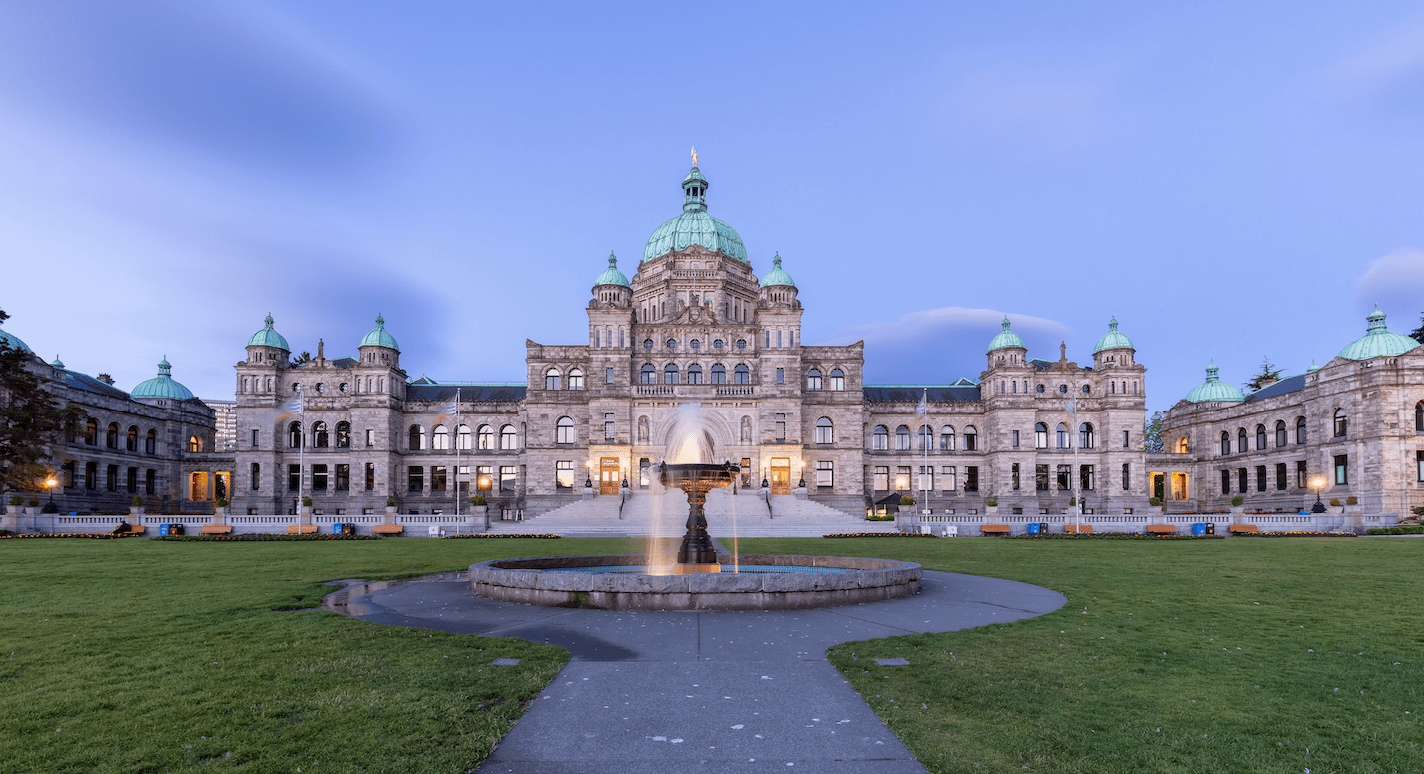BRITISH COLUMBIA – As COVID-19 continues, Built Green Canada launches its Communities Program pilot—expanding opportunities for developers focused on creating better, healthier homes and communities. The organization is encouraging developers to participate in trials during this phase, and a project is already enrolled, courtesy of Averton, who has decided to develop Midtown in St. Albert as a sustainable community.
Now more than ever, healthy homes have become a priority, and there is growing awareness that a sustainably built home is a healthier home. Many people are spending more time inside their home as they adjust to other ways of doing business, while social connections are encouraged to occur outside, expanding the focus to the outside of the home and to the health of communities. While the Communities Program was already in development, the pandemic prompted Built Green to ready this as a pilot.

Jenifer Christenson is CEO of Built Green
From a building perspective, a community can be defined as a new or existing development addressing the needs of people through diverse infrastructure. The Communities’ program framework takes a holistic approach to development, consistent with Built Green’s other third-party certified programs, and focuses on the optimization of health, resiliency, lifecycle sustainability, new urbanism, greenhouse emissions, green spaces and resource consumption.
“Though we understand the COVID-19 pandemic extends far beyond a health crisis, the trajectory of our communities and economies is difficult to anticipate, recover from and prepare for, should future waves come. What we can expect is a continued emphasis on health and well-being—inside our homes and the communities in which we live”, says Built Green’s CEO Jenifer Christenson. “Meanwhile, economic recovery dominates public discourse.”
Developing sustainable communities sees the convergence of environmental, economical and societal benefits. From an environmental perspective, a sustainable community contributes to climate mitigation and resiliency—a necessary consideration beyond health, as the occurrence of natural disasters continues to increase due to climate change. It also contributes to Canada moving closer to meeting its reduced GHG emission targets in the Paris Agreement.
From an economical and financial perspective, sustainable development results in reduced GHGs, water use, and waste; job creation as well as financial support for those already working in environmental services; and improved potential for development financing.
 And from a social perspective, building more sustainable communities may result in quality of life improvements with improved health and well-being. These benefits can be achieved the through the builds in the community, the infrastructure of the community, as well as those living in and visiting the community.
And from a social perspective, building more sustainable communities may result in quality of life improvements with improved health and well-being. These benefits can be achieved the through the builds in the community, the infrastructure of the community, as well as those living in and visiting the community.
To qualify for the Communities program pilot, the project must consist of three or more buildings, and at least 50 per cent of these structures must contain residential units. The program’s checklist of options considers site location, layout and design, energy systems, water management, materials and waste management, health and wellness, and business practices and innovation.
“Considerable time was spent contemplating how to develop a program that maintains Built Green’s guiding principles—being achievable, practical as well as measurable and verifiable—given community development is inherently complicated, and no two communities are the same,” says Christenson.
“We are focused on understanding our communities, then designing our developments to complement and enhance the lifestyles of our homeowners. Our leadership in community and housing design remains a priority, and enrolling Midtown into Built Green’s Communities program allows us to explore new and innovative ways to push the status quo,” says Paul Lanni, Averton’s President. “The Communities pilot offers the consistency and clarity that Built Green’s other programs have around process, areas of focus and options available. Our commitment to fostering relationships with all stakeholders and partners is supported by our partnership with Built Green.”
Industry input is welcomed during this pilot phase.
Built Green Canada is a national, industry-driven, non-profit organization offering third-party certification programs for those interested in sustainable practices in the residential building sector: programs for Single Family, Single Family Renovations, High Density (including multi-storey, residential tower, and mixed-use), and High Density Renovation projects. Since its inception, builders have completed over 34,175 BUILT GREEN® certified homes represented in Alberta, British Columbia, Saskatchewan, and Ontario—including the units in multi-storey projects, the total is over 38,169 (December 31, 2019).

